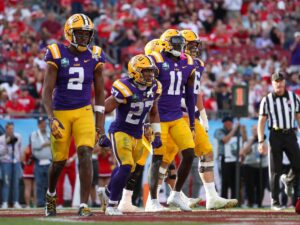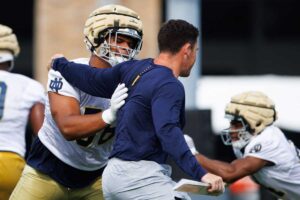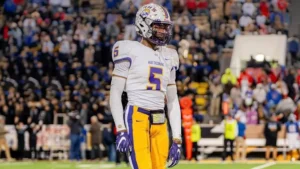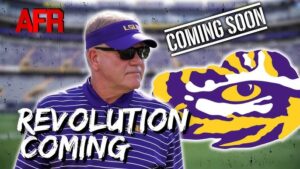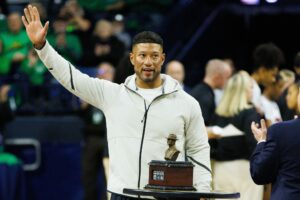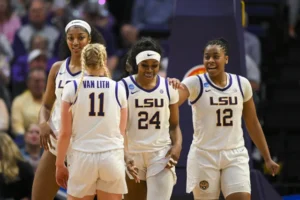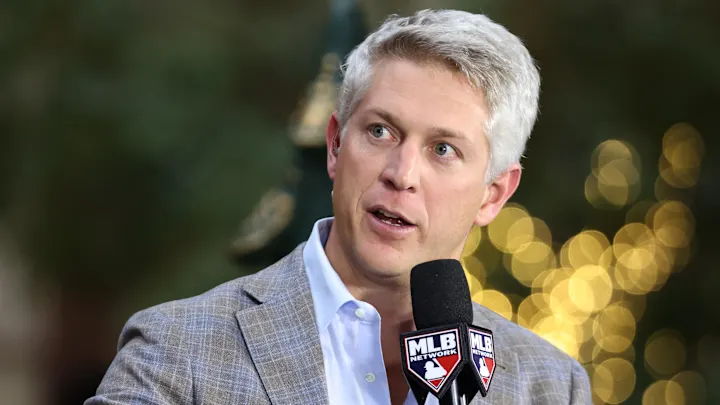
The Baltimore Orioles, one of Major League Baseball’s most storied franchises, are in a rare position of optimism. After years of rebuilding, the team has emerged as a legitimate contender in the American League, fueled by an exciting mix of young talent, an improving farm system, and a growing sense of momentum. Yet, despite their success, some analysts and former executives are skeptical that the Orioles will be able—or willing—to make the sort of blockbuster pitching acquisition that could put them over the top. According to one former MLB executive, while the Orioles’ performance has been impressive, they will likely take a more measured approach when it comes to bolstering their pitching staff.
The Orioles’ Current Status: A Team on the Rise
Under the leadership of general manager Mike Elias, the Orioles have undergone a dramatic transformation. After years of mediocrity and missed opportunities, the team has finally positioned itself for sustained success. A core of young stars, including Adley Rutschman, Gunnar Henderson, and Ryan Mountcastle, has helped propel the Orioles back into playoff contention. In addition to their hitting depth, the team’s pitching staff has exceeded expectations, with standout performances from pitchers like Kyle Gibson and breakout stars like Grayson Rodriguez and Dean Kremer.
Despite this upward trajectory, the Orioles face a clear challenge heading into the postseason: their pitching staff, while improved, still lacks the consistency and top-end talent needed to compete with the likes of the Houston Astros, New York Yankees, and other high-budget teams with established aces. It’s a gap that has led many to suggest that the team should make a significant move in the trade market to acquire an elite pitcher who can anchor their rotation and give them a better shot at playoff success.
However, some former MLB executives, with knowledge of both the Orioles’ roster and the broader landscape of the MLB market, believe that such a blockbuster pitching acquisition may not be in the cards for Baltimore—at least not in the immediate future.
The Skepticism: Why Blockbuster Deals Aren’t Likely
According to the former executive, who requested anonymity due to ongoing industry relationships, the Orioles are unlikely to make a major pitching acquisition in the near term. The reasons for this assessment are both financial and strategic.
1. The Cost of Elite Pitching:
First and foremost, the executive notes the financial implications of adding a top-tier pitcher. The cost of acquiring an ace, whether through trade or free agency, is staggering in both terms of money and prospects. Players like Max Scherzer, Justin Verlander, and others who have commanded top-of-the-rotation contracts have salaries that push well into the $30 million per year range. Moreover, acquiring a pitcher via trade often requires giving up a significant package of young prospects—something that would weaken the Orioles’ coveted farm system.
For the Orioles, the focus has been on developing and retaining homegrown talent, and that strategy is beginning to bear fruit. The team has one of the best farm systems in the league, which means they have a wealth of young prospects who could form the core of the team for years to come. Dealing away these assets in exchange for an expensive pitcher could destabilize the long-term sustainability of the Orioles’ roster.
While the team has money to spend, the executive believes they are likely to spend more conservatively and target value deals rather than diving into the deep end of the pitching market. This approach would allow the Orioles to continue building their roster without undermining the farm system that has been such a key part of their revival.
2. The Current State of the Orioles’ Pitching Staff:
While the Orioles’ pitching staff might not be the best in the league, it has shown enough promise to suggest that a major move may not be necessary. As the former executive points out, the team’s rotation is a mix of veterans and promising younger arms, including Grayson Rodriguez and Dean Kremer. Both pitchers have demonstrated the ability to get outs at the MLB level, and there’s reason to believe that with more experience, they could evolve into reliable, mid-to-top rotation starters.
Additionally, the bullpen has been an area of strength for Baltimore, with a number of arms capable of high-leverage outs. Given the volatility of pitching performance year to year, the executive notes that the Orioles may be better served by continuing to focus on developing their own pitchers rather than making a splashy acquisition that might not pan out. The approach of developing internal talent has worked for the team so far, and there’s little indication that they will abandon it.
3. The Market for Pitching Talent:
Another reason the executive foresees a more conservative approach is the competitive nature of the pitching market. The price for premium starting pitchers has been on the rise in recent years, with teams like the New York Mets, Los Angeles Dodgers, and others willing to spend heavily to secure top talent. For a team like the Orioles, whose payroll is not as high as some of the league’s heavy hitters, competing in the bidding wars for top-tier pitchers could be a losing proposition.
Moreover, the executive emphasizes that while adding an elite pitcher might make the Orioles better in the short term, it is not a guarantee of postseason success. Historically, pitching depth has been just as important—if not more important—than having a single ace. Teams that rely too heavily on one or two pitchers often struggle when those players hit a rough patch or suffer an injury. The Orioles may prioritize depth over star power, focusing on acquiring mid-tier pitchers who can contribute to the rotation without breaking the bank.
4. Long-Term Strategy:
The Orioles’ front office has repeatedly emphasized its commitment to a long-term plan. They have been patient in rebuilding their roster, prioritizing player development over short-term success. While the temptation to make a big move for an ace could be strong, the executive suggests that the Orioles are more likely to continue building their team through their farm system and their scouting efforts, looking for value rather than making a splash for an established star.
Additionally, the executive highlights the importance of stability in the organization. Making a major acquisition could disrupt the balance the Orioles have worked hard to establish. Whether it’s through a trade or free agency, adding a high-priced pitcher could come with unforeseen consequences, such as clubhouse tension or the disruption of younger players’ development. The Orioles seem content to let their prospects develop at their own pace and not force the issue with high-risk acquisitions.
Alternatives to a Blockbuster Move
While a blockbuster pitching acquisition may not be in the cards, the executive suggests that the Orioles could look at more targeted, lower-risk moves to bolster their staff. These moves could include acquiring a middle-of-the-rotation starter or signing a veteran pitcher to a one- or two-year deal. These types of acquisitions would allow the Orioles to add depth to their rotation without sacrificing long-term assets or disrupting the team’s financial structure.
Additionally, the team could focus on internal development. With pitching coach Chris Holt and the Orioles’ player development system, the team has shown an ability to turn previously underperforming pitchers into solid contributors. Players like Kremer and Rodriguez are a testament to the team’s ability to develop arms, and there are likely more in the pipeline who could help strengthen the staff over time.
Finally, the executive notes that the Orioles could look to bolster their pitching through trade deadline moves rather than offseason blockbuster deals. Teams often find themselves with surplus pitching at the midseason point, and Baltimore could take advantage of that by acquiring an experienced arm who can help the team down the stretch without committing to a long-term deal.
In conclusion, while the Orioles are an exciting team on the rise, the former MLB executive’s assessment suggests that the team is unlikely to make a major pitching acquisition in the near future. Financial constraints, the team’s current pitching depth, the competitive nature of the pitching market, and the Orioles’ long-term strategic goals all point to a more conservative approach to roster construction. Rather than chasing after a high-profile ace, the Orioles seem content to continue building their pitching staff through internal development and targeted, cost-effective moves.
As the team continues to evolve, it’s likely that the Orioles will continue to prioritize sustainability and player development, avoiding the temptation to make a move that could undermine their future success. The front office’s patience has paid off so far, and while the Orioles may make a move or two to strengthen their pitching staff, a blockbuster acquisition is not likely to be part of their strategy. Instead, the team will likely stay the course, focused on long-term success rather than short-term fixes.
Ultimately, the Orioles’ future looks bright. While the team may not be making waves in the pitching market right now, they have positioned themselves for sustained success—and that’s the most important acquisition of all.
